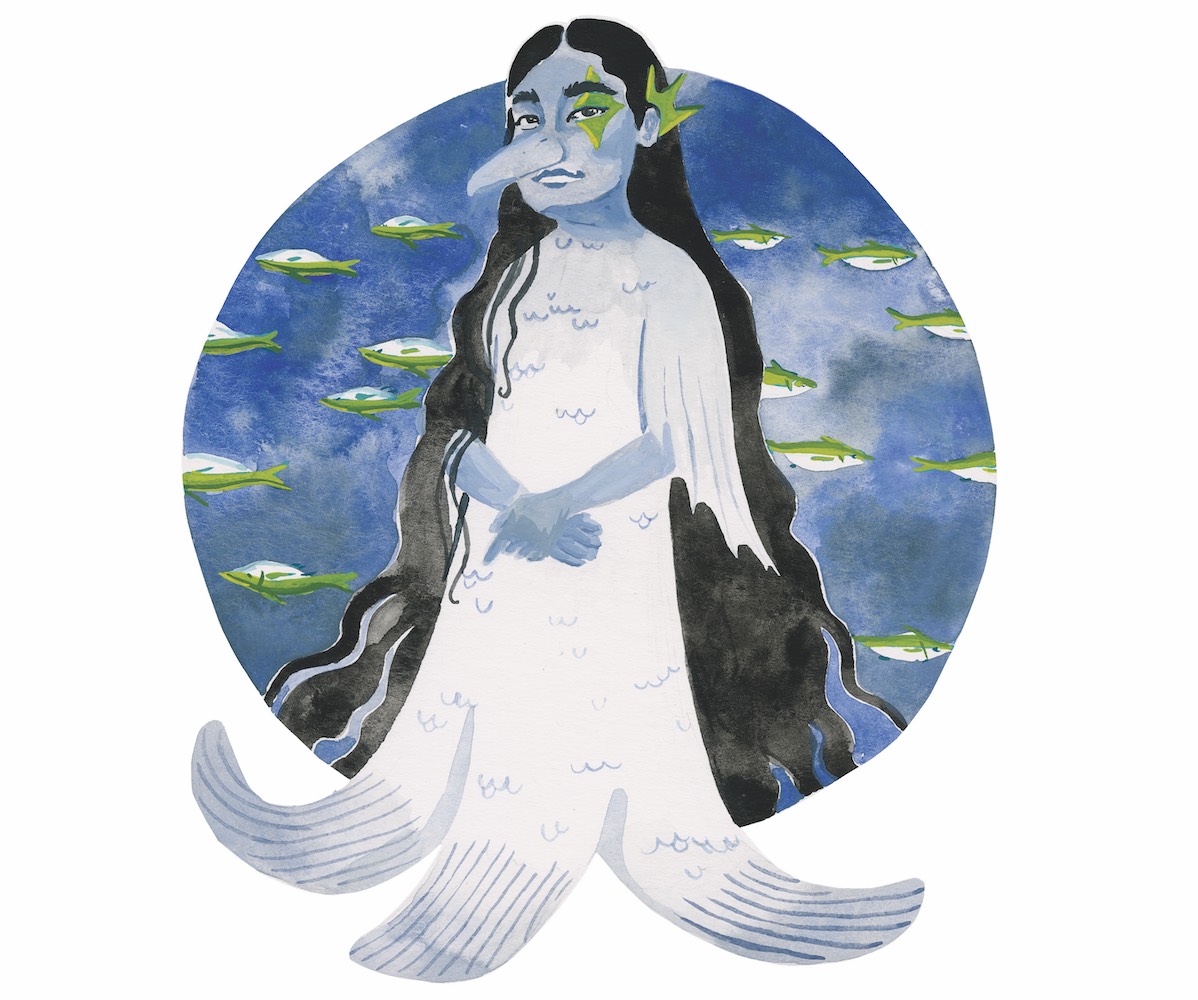Books & Culture
Worth 1,000 Words: Five Gateway Graphic Novels for Lit Lovers

I spent years of my life without graphic novels, save for the grocery store Betty & Veronicas I snuck into my mother’s cart (I’ll still splurge on an Archie if I’ve had a bad week). There’s got to be a metaphor for that lack: perhaps a thirsty, shipwrecked sailor who’s never thought to drink from a coconut, or a dilettante who’s never logged on to Pinterest. A lover of all things printed and bound, I shortchanged myself until I started working in a bookstore, where I’d shelve titles like Persepolis and wonder what I was missing. Real readers don’t ignore an entire section of a bookstore; they plunge into it, voraciously. I leapt in headfirst with Alison Bechdel’s Fun Home and never looked back. If you, like me, didn’t grow up flipping through panels, here are a few gateway graphic novels to usher you into this oft-overlooked genre.
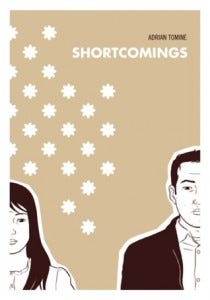
If you like: Cerebral, modern novels that pivot between self-awareness and neuroticism (see: David Foster Wallace) and candid explorations of race (like Chimamanda Ngozi Adichie’s Americanah)…
Try: Adrian Tomine’s Shortcomings, an elegant and spare graphic novel that follows protagonist Ben Tanaka through the labyrinths of his relationships, friendships, and neuroses. Tomine, the man behind the celebrated comic book series Optic Nerve, has had work in The New Yorker and McSweeney’s, among others, and when you read his dart-sharp dialogue alongside his drawings — which radiate Ben’s awkwardness and self-doubt — you’ll see why.
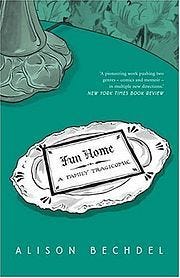
If you like: No-holds-barred, confessional, feminist memoirs like Mary Karr’s The Liars’ Club, Daisy Hernandez’ A Cup of Water Under My Bed or Lena Dunham’s Not That Kind of Girl…
Try: Alison Bechdel’s Fun Home, the artist’s memoir about growing up in her strange and slightly dysfunctional family’s funeral home in rural Pennsylvania. Bechdel’s trichromatic color palette and clean, simple lines lend themselves perfectly to her story, which centers on her relationship with her father, her sexuality, and the truths a family chooses to ignore. Fun Home proves that pictures and text can be as moving and evocative as any great traditional novel.

If you like: Coming-of-age stories centered on female relationships like Emily Gould’s Friendship, Grace Paley short stories, or brash explorations of young female sexuality a la Pamela Erens’ The Virgins…
Try: Jillian and Mariko Tamaki’s This One Summer. Written and drawn by a pair of sisters, This One Summer follows two teenage girls as they convene at their summer lake houses. What’s usually a blissful, innocent affair has suddenly changed — as the two girls navigate their ascent into adulthood, relationships strain and their typically sunny vacation gets clouded by boys, fights and big questions looming like thunderheads. Like Bechdel’s Fun Home, Jillian Tamaki keeps it tastefully simple with minimal colors (black, white, and lavender) and clean, effortless lines.
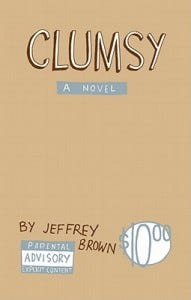
If you like: Fragmented novels or short stories (like Daniel Handler’s Adverbs) or flash-fiction by people like Stuart Dybek…
Try: Jeffrey Brown’s Clumsy. Alternately sweet and sad, Clumsy traces Brown’s real-life relationship with his girlfriend Theresa through a series of vignettes. Their gravity changes from page to page — a heart-rending fight might follow joke about burping. It’s so twee you can almost hear The Moldy Peaches playing in the background, but Brown’s soul-baring dialogue and messy, scribbled drawings are undeniably winsome, perfect for those who like their stories delivered in short, pointed dispatches.
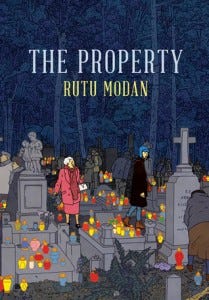
If you like: Travelogues that explore landscapes both interior and exterior (like Justin Go’s The Steady Running of the Hour) with an emphasis on family dynamics in all their glorious oddity (like Yelena Akhtiorskaya’s Panic in a Suitcase)…
Try: Rutu Modan’s The Property. Chronicling a grandmother & granddaughter’s trip to Poland to reclaim a pre-WWII apartment, The Property is a sweet meditation on family and history that takes on gargantuan themes (the Holocaust, namely) while managing both humor and gravity. Modan’s explosive use of color imbues the story with movement and wonder — it’s as if the reader, too, is walking through a new landscape, figuring it out as they go.








